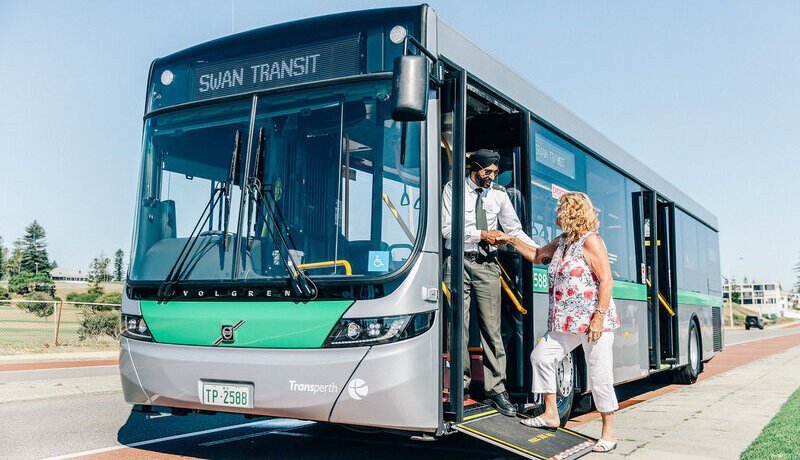How Gamified Driver Training Can Retain Millennials and Create Future Leaders
By now, you’ve probably experienced the challenges of incorporating millennials into your workforce. There’s a fundamental mismatch between the expectations of the digital generation and the workplace structure they inherited from the analog world.
But figuring out how to bridge this gap is quickly becoming more urgent. Not only will millennials make up half of the global workforce by 2020, but 69% expect to hold a position in upper management in the next ten years. With the oldest millennials already moving into middle management roles, companies need to figure out how to instill loyalty in these workers or risk their own quick demise.
Cracking this code is not impossible; it just takes a deeper understanding of how millennials find career fulfillment.
Like anyone, millennials desire learning opportunities.
According to a PWC survey, training and development opportunities are the third most attractive job benefit to millennials, falling behind only career progression opportunities and competitive wages. This desire for training and development opportunities goes deeper than the hope of a promotion. Years of human resources research show that giving workers (of any age) the opportunity to improve their skill set gives them purpose and autonomy, making them happier, more invested in their role, and more loyal to the company as a whole.
Productivity-enabling technology is vital.
Forrester’s “Elevate Human Performance with Workforce Enablement Report” found that giving workers the tools and knowledge to be more productive is more effective at boosting job satisfaction than recognition, social programs, or pay-for-performance techniques. Increasingly, these productivity “tools” are mobile apps that streamline elements of a worker’s job or make training, communication, and collaboration easier.
Keep in mind that if you aren’t providing this kind of technology, your competitors may be, and this can be a deal breaker for millennials. This group is more likely than any other to quit their job over poor workplace technology and are much more likely to accept jobs that offer technological advantages.
So understanding what millennials value, it’s clear that if you’re able to marry technology, training and productivity in a natural way, you’ll have much better success at recruiting and retaining this important segment of the workforce.
Gamification brings it all together in one package.
Millennials may not be asking for gamification by name, but it offers a solution to many of their deepest workplace desires in one tidy package.
Gamification in business takes elements of game design—such as goals, immediate feedback, competition, and points or recognition—and incorporates them into non-game situations to educate and engage employees. The theory behind gamification relies on the idea that community, achievement, learning, and rewards build long-term loyalty and motivate employees.
This trend is gaining traction across industries. For example, Target gamified the checkout experience for cashiers by implementing an instant-feedback system that scores the cashier on the speed of each item they scan. Pharmaceutical services company Omnicare found success by giving support reps specific achievements to “unlock” each day, such as helping three customers with specific billing issues. GreenRoad’s gamified driving safety application for fleets and mobile workforces is another perfect example of mobile tech-based training and productivity tools in action. Employees use their smartphone to log in to a mobile app when they hit the road and are given instant, color-coded feedback on how safely they’re driving (e.g. Yellow cornering means they took that last turn a little too quickly). The game becomes trying to improve their safety score and earn gift cards and other rewards for safe driving.
It’s important to note that none of these tools are used as a way to micromanage or “punish” the worker—by contrast, they’re intended to give workers instant motivation to self-manage and improve.
So before you roll your eyes at the idea of incorporating gamification to appease younger employees, consider the impact as a whole. Can you think of a simpler way to:
- update your company’s mobile technology;
- improve both skills and morale for employees of all ages; and
- solve the retention and leadership challenges your company will face over the next decade?
Put generational differences aside to see gamification for what it is—a mobile tech-based training and development opportunity that provides an easy win-win-win for you, your employees, and your company.






